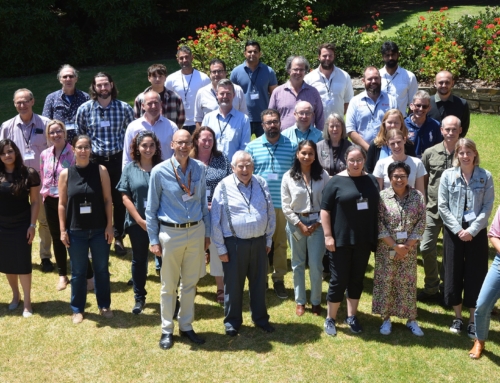Researchers at the University of Adelaide, working alongside scientists from the UK, Italy, Germany and the USA, have successfully identified a gene that controls the growth pattern of roots in barley.
Named Enhanced Gravitropism 1 (EGT1), the gene controls the angle at which barley roots descend into the soil and has profound implications for a crop’s ability to access soil-stored moisture under dry growing conditions.
There may also be longer term benefits for soil health.
“The angle at which barley roots grow down into the soil enables them to capture water and nutrients from different soil layers,” said Dr Haoyu (Mia) Lou from the University of Adelaide’s School of Agriculture, Food and Wine (and also the APPF’s in-house X-Ray CT expert), who was joint first author on the study.
“Shallow roots enable plants to capture phosphate and surface water, while deeper, straighter roots can stabilise yield by accessing deeper water and nitrate reserves in appropriate soil profiles. They can also bury carbon deeper in the soil.”
Co-author of the study, Deputy Director of the Waite Research Institute Associate Professor Matthew Tucker, said X-Ray CT scanners for plants helped make the findings possible, by enabling researchers to trace root growth in the soil.
“This type of technology could immediately help cereal breeders to select varieties with novel root architectures from their genetic stocks, or aid in the development and deployment of new EGT1 alleles in the near future,” he said.
Dr Lou says identifying the genes that control root growth angle will support the development of crops that are more resilient to fluctuating environmental conditions, helping to counter the effects of climate change.
Being able to breed more resilient crops will benefit Australian growers who must deal with drought cycles as part of natural growing conditions. The increasing severity of both drought and high rainfall events increases their need for crop varieties that are better able to access moisture and nutrient reserves in the sub soil.
Dr Lou undertook the research as part of a joint PhD program with the University of Nottingham, UK. The team’s findings have been published in the journal Proceedings of the National Academy of Sciences (PNAS).






